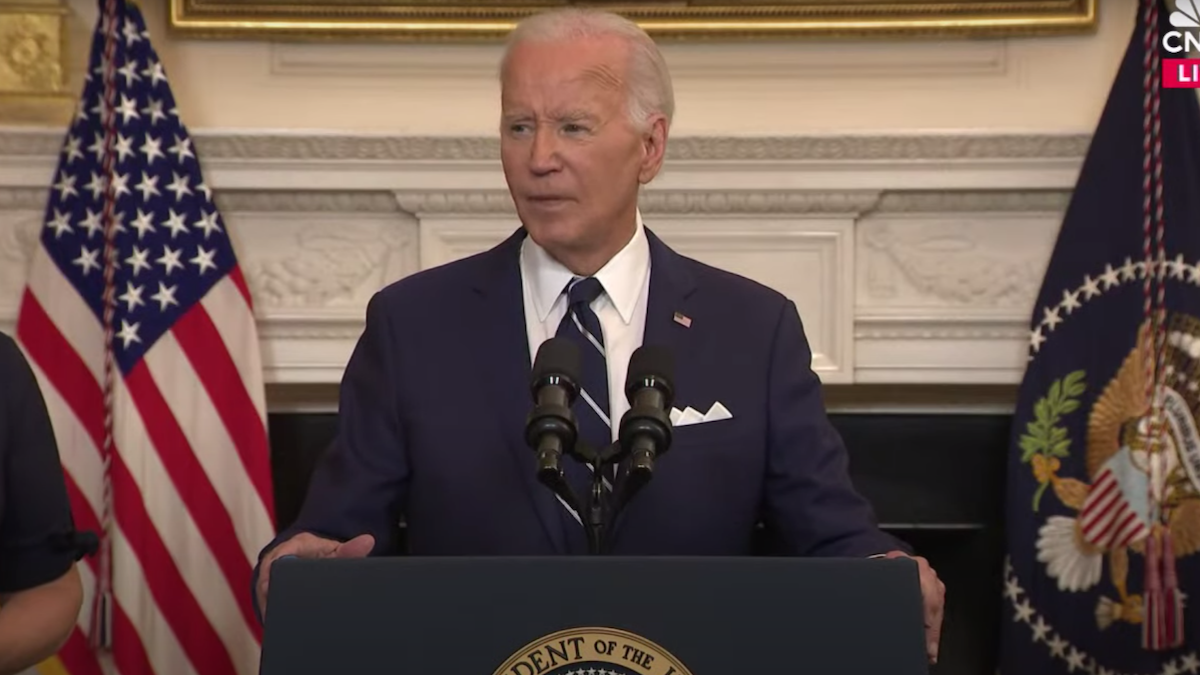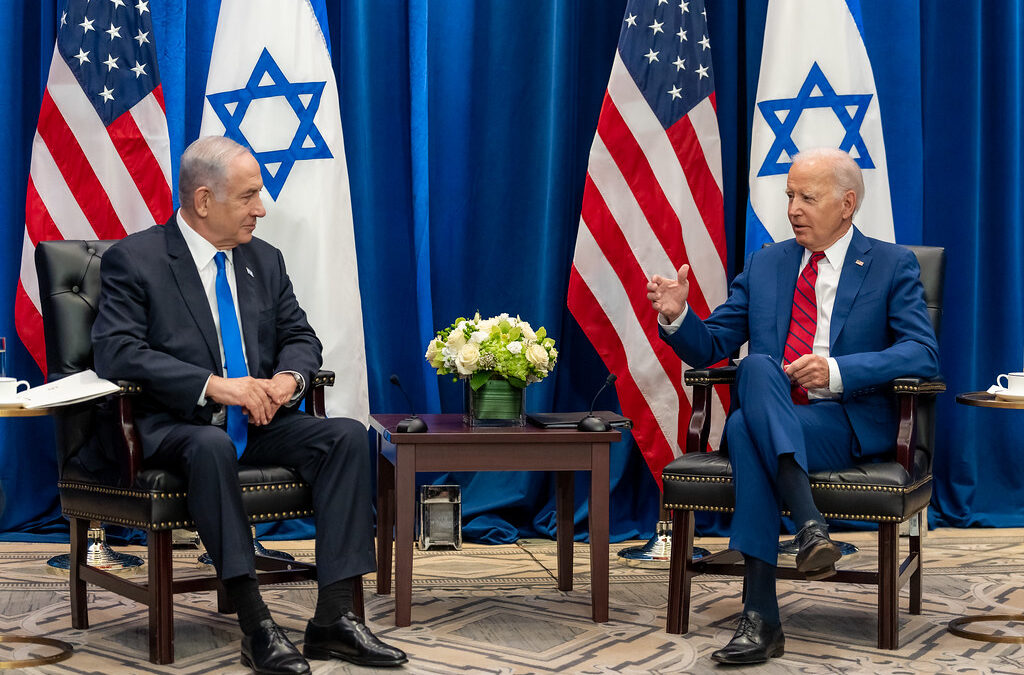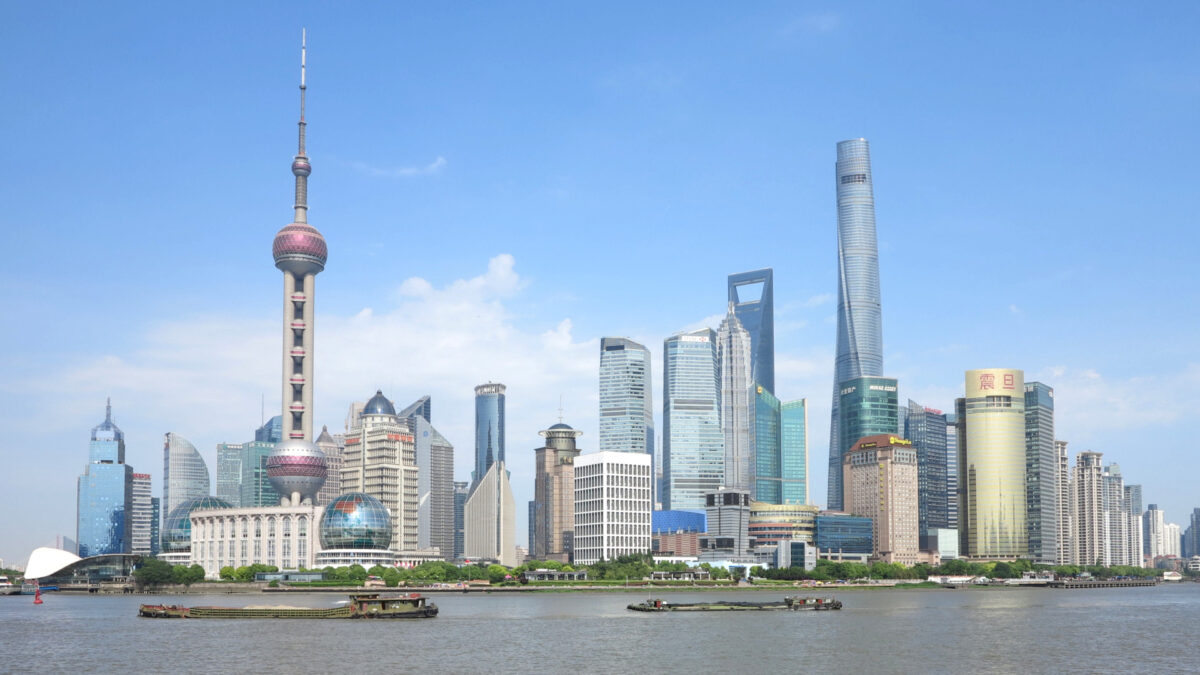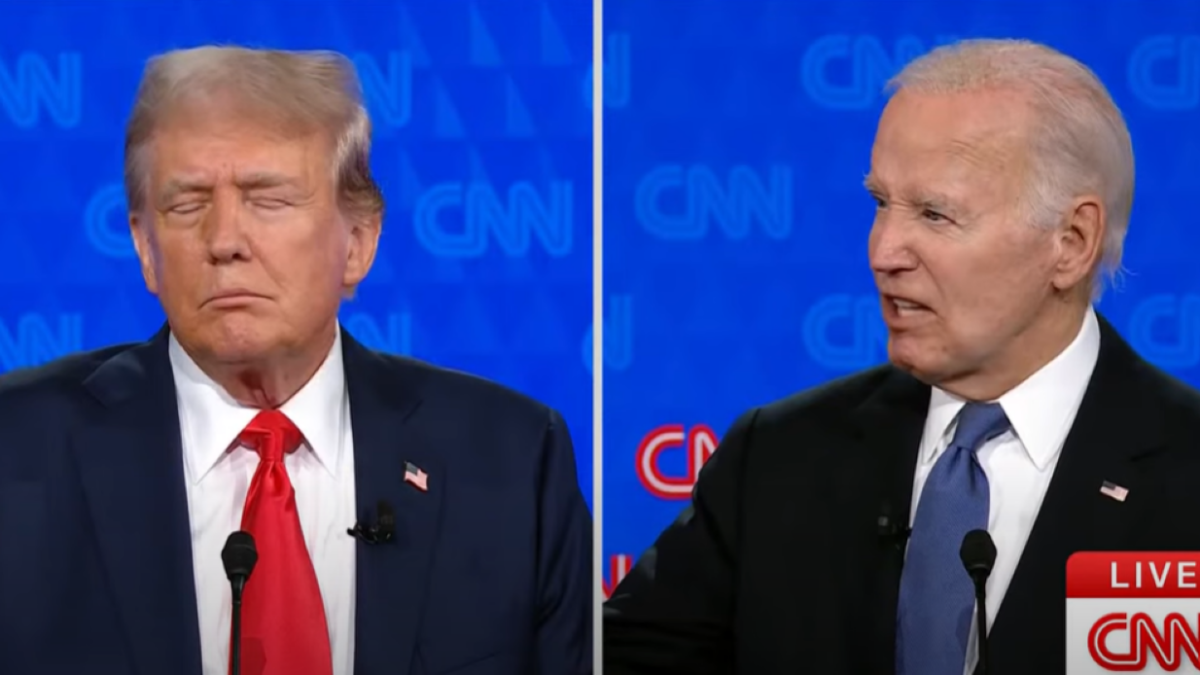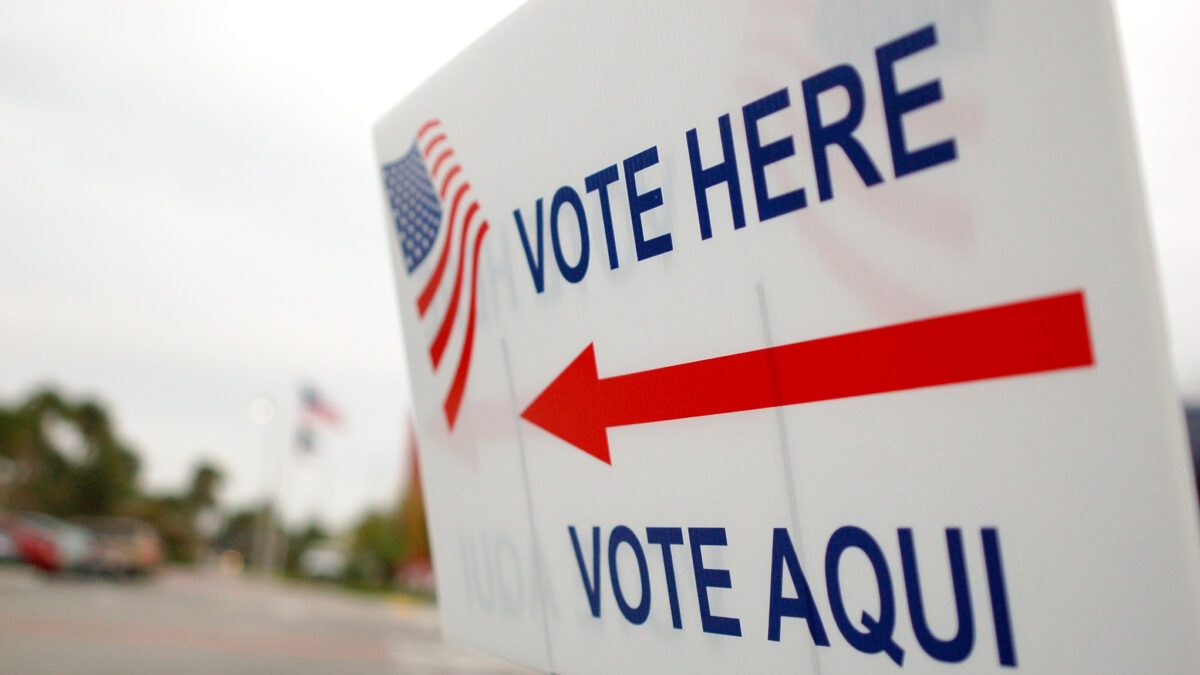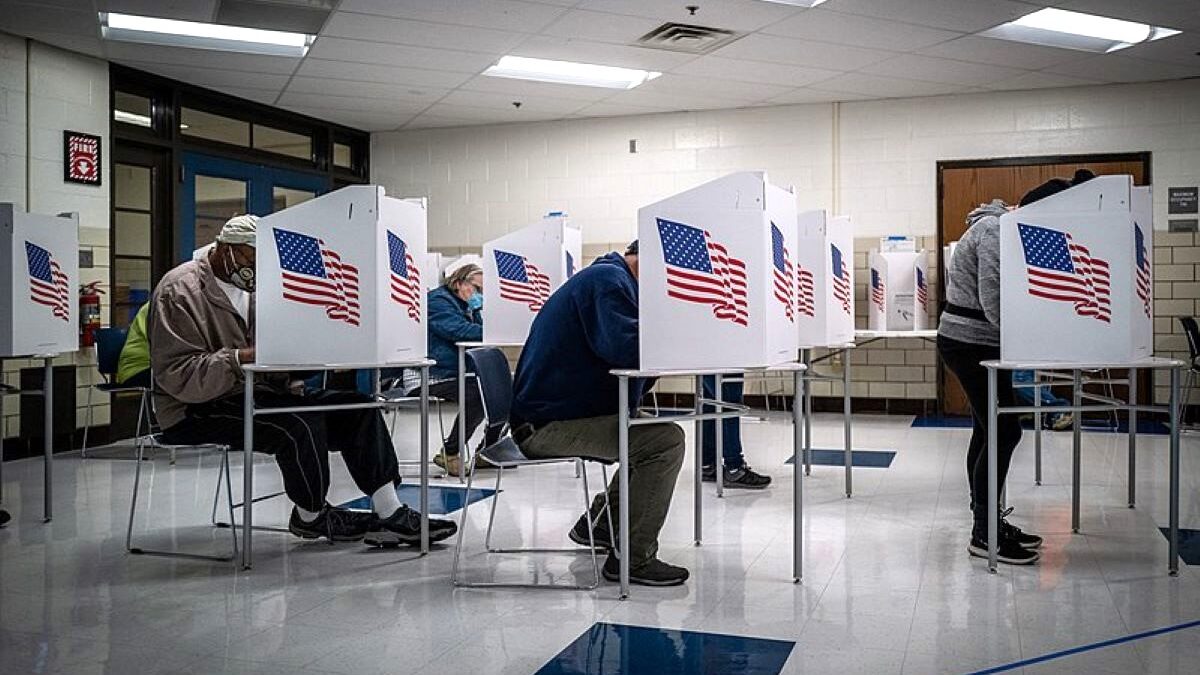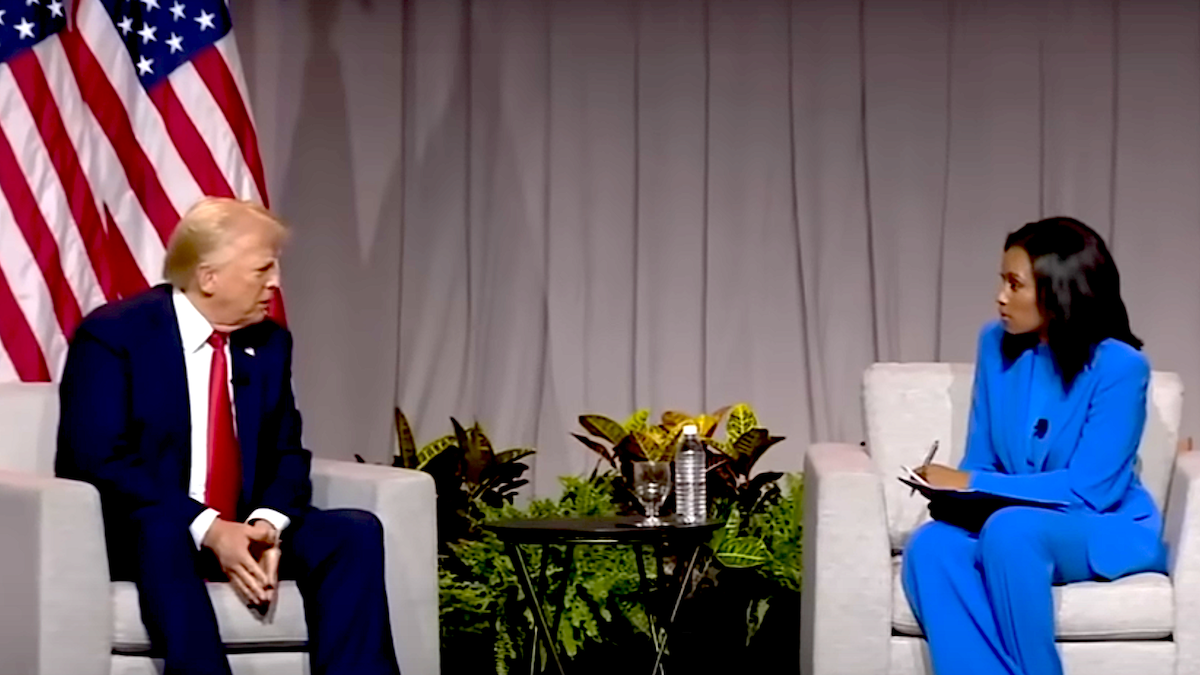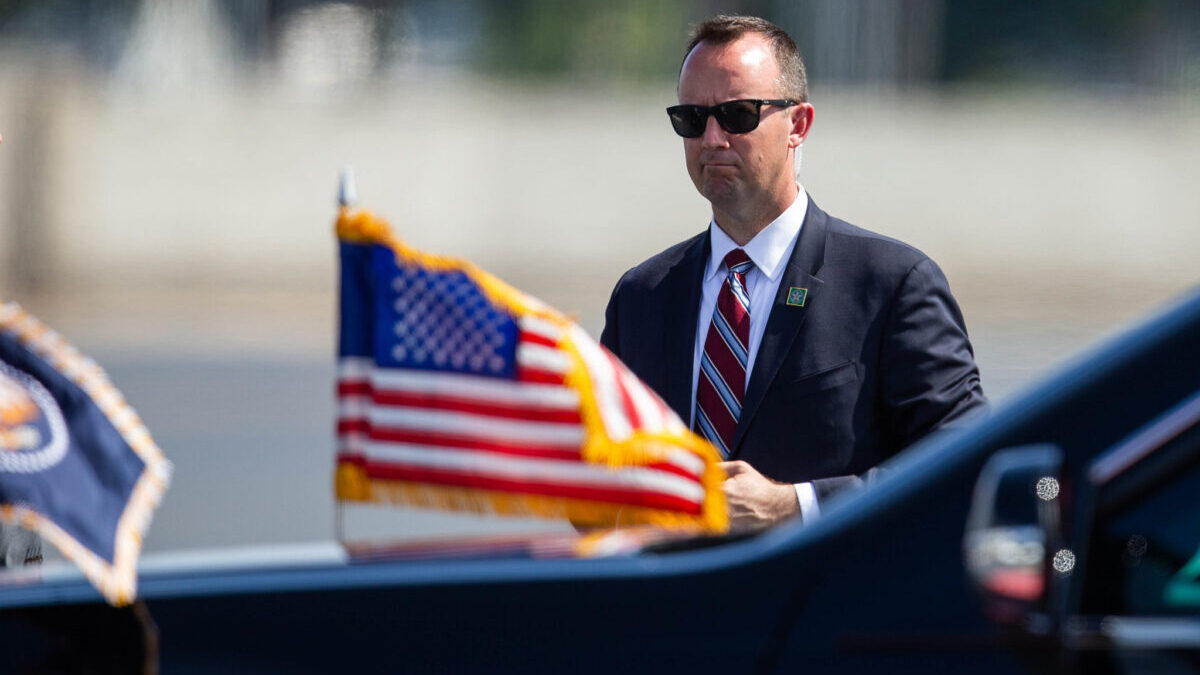China has likely upgraded and expanded its spying facilities in Cuba, according to a new report by an American think tank. The report not only confirms that a Cold War between China and the U.S. has already started, but also raises new concerns that China may be aiming to bring it to America’s doorstep, posing potentially severe and grave implications for the U.S.
The Center for Strategic and International Studies (CSIS), a Washington, D.C.-based think tank, produced the study as a follow-up to The Wall Street Journal’s reporting last year that revealed China had secretly agreed to pay cash-strapped Cuba several billion dollars to establish a Chinese electronic eavesdropping facility on the island. This facility is likely to be used for intercepting communications and gathering intelligence on the United States and its allies, according to CSIS.
Probably not wanting the news to disrupt the Biden administration’s détente approach to Beijing, the White House initially insisted that the Journal’s report was inaccurate. Yet, two days later, a U.S. official confirmed that China had a spy base in Cuba since at least 2019. The Biden administration then claimed that it had taken steps to “slow down Beijing’s efforts to expand its intelligence gathering” without elaborating on those steps.
The Biden administration’s vague explanation only inspired more research on the topic. CSIS examined years’ worth of satellite images and released its findings last week. CSIS finds that, contrary to what the Biden administration has told us, China has probably sped up, not slowed down, its intelligence-gathering effort in Cuba.
Four Spy Stations
CSIS’s investigation identified four electronic spying stations in Cuba that have been upgraded and expanded: Bejucal, Calabazar, Wajay, and the previously unknown El Salao. For example, by comparing satellite images, CSIS noticed the site at Wajay “has gradually expanded over the past 20 years, growing from just one antenna and several small buildings in 2002 to a robust complex today. It now hosts 12 antennas of various sizes and orientations.”
The site near El Salao is the newest one and has been under construction since 2021. The site is not far from the U.S. naval base at Guantanamo. CSIS says that once the site becomes operational, it will probably house multiple circularly disposed antenna arrays (CDAAs), which “are highly effective at determining the origin and direction of incoming high-frequency signals.”
The U.S. and the Soviet Union relied on CDAAs to monitor each other’s air and maritime operations during the Cold War. After the collapse of the Soviet Union, Russia and the U.S. either abandoned or decommissioned most of the CDAAs.
Strategic Motivation
Since the spying stations in Cuba have been shrouded in secrecy, CSIS can only suspect, but with a high degree of confidence, that they were funded and built by Beijing. CSIS notes that China has been actively building new CDAAs worldwide as part of its effort to create a global intelligence-gathering network. Meanwhile, Cuba is experiencing one of the worst economic crises in decades. It lacks the resources to finance and develop such sophisticated spying facilities. China has resources, expertise, and, most importantly, a solid strategic motivation.
Historically, China lacked military and intelligence access to the Caribbean. However, it has strategically leveraged Cuba’s economic woes to mitigate this gap and significantly expand Beijing’s influence and foothold on the island. In addition to providing Havana with substantial aid and loans, China’s tech giants Huawei and ZTE, both blacklisted by the U.S. government over espionage risks, now form the backbone of Cuba’s telecommunications infrastructure, as reported by CSIS. This development raises potential security risks in the region.
High-Level Exchange
CSIS also notes the occurrence of regular, high-level exchanges between China’s People’s Liberation Army (PLA) and Cuba’s Revolutionary Armed Forces (FAR). This military cooperation was highlighted in 2015 when a Chinese ship bound for Cuba was detained by Colombia for trafficking weapons. Despite this, China’s foreign ministry spokesman maintained that no international law was breached, as the firearms were part of what was described as “completely normal military trade co-operation” between Beijing and Havana. The depth of this cooperation was further demonstrated in April this year when the FAR’s most senior leader visited the PLA leadership in China.
With Cuba’s proximity to the United States, it’s a prime location for Beijing to establish these spying facilities. CSIS suggests that even if China doesn’t have direct access to these facilities, the data collected by Cuban counterparts could be easily shared with Beijing. These facilities significantly enhance China’s ability to spy on the U.S. military and its allies’ activities, including military exercises, missile tests, rocket launches, and submarine maneuvers. They also enable China to monitor radio traffic and potentially intercept data from U.S. satellites as they pass over highly sensitive military sites in the southern United States, thereby expanding their surveillance capabilities.
In addition to collecting military intelligence, these stations allow China to intercept commercial communications and obtain valuable business intelligence in sectors strategically crucial to Beijing, such as aerospace and biotech.
Furthermore, China may be using these spy facilities as a tool of deterrence, in addition to intelligence gathering. Beijing is likely signaling to Washington that China could cause a lot of trouble at America’s doorstep should the U.S. decide to defend Taiwan militarily.
Decisive Action
Andrew Harding of the Heritage Foundation doesn’t think these China-backed spying facilities in Cuba will lead to another 1962-style Cuban Missile Crisis. That crisis was triggered by Soviet leader Nikita Khrushchev’s decision to deploy medium-range nuclear missiles and more than 40,000 Soviet troops to Cuba, bringing the U.S. and the Soviet Union dangerously close to a nuclear war. The crisis was only avoided after President John F. Kennedy took decisive action, including authorizing the U.S. Navy to impose a blockade around Cuba.
Harding sees China-backed spying facilities in Cuba as a sign that the U.S. and China are in a new Cold War, and he urges the Biden administration to “start acting like it.” Unfortunately, the fact that these facilities continue to be expanded and upgraded under our noses shows that the Biden administration has failed to take China’s threat to our national security seriously.
Compounding the issue, Chinese leaders may have drawn a troubling conclusion from the recent presidential debate. They may believe that an America led by a frail leader who at times struggles to articulate his thoughts is a weakened America ripe for exploitation. This perception of weakness could provoke China and other adversaries to act aggressively. The coming months until the election are critical for America’s security.


